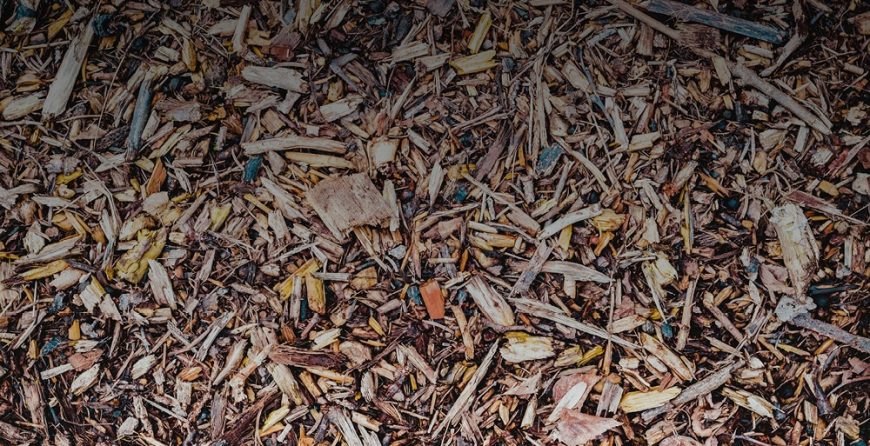 Any time we use a renewable resource, we’re helping the environment. Biomass is a sustainable and renewable resource that can we can use to improve our carbon footprint.
Any time we use a renewable resource, we’re helping the environment. Biomass is a sustainable and renewable resource that can we can use to improve our carbon footprint.
What exactly is Biomass?
“Biomass is biological material derived from living, or recently living organisms. In the context of biomass for energy, this is often used to mean plant-based material, but biomass can equally apply to both animal and vegetable derived material (Biomass Energy Center).”
Biomass is carbon-based and composed of a mixture of organic molecules such as hydrogen, oxygen, nitrogen, and small quantities of other atoms such as alkali, alkaline earth, and heavy metals.
The specific carbon used to create biomass is absorbed from the atmosphere as carbon dioxide by plant life, using energy from the sun.
Plants are eaten by animals and then converted into animal biomass, however, it is the plants that do all the work.
If plant material isn’t eaten by animals, it’s generally broken down by microorganisms or burned. Let’s take a look at the differences between the two:
- When plant material breaks down, it releases the carbon back into the atmosphere, typically as either carbon dioxide, though it depends on the conditions and processes that occur.
- When burned, the carbon is returned to the atmosphere as CO2.
These processes have been taking place for as long as plant life has been on Earth and they are all part of the carbon cycle.
What are fossil fuels?
Fossil fuels like coal, oil, and gas come from biological material, however, they are materials that absorbed CO2 from the atmosphere millions of years ago. As fossil fuels, these carbon substances are higher density but using them involves burning them.
Unless fossil fuels are captured and stored these highly combustible products are usually released into the air.
Biomass versus fossil fuels
The main difference between the two is that biomass removes carbon from the atmosphere while it is growing and returns it as it’s being burned. When used via a sustainable process, biomass can forever replenish itself.
Types of biomass
There are five main categories of biomass materials:
- Virgin wood: Derived from forestry, arboricultura activities, or from wood processing
- Energy crops: Crops that are grown specifically for energy applications and produce high yields
- Agricultural residues: Materials left from agriculture harvesting or processing
- Food waste: Materials from food and drink manufacture as well as preparation, processing, and post-consumer waste
- Industrial waste and co-products: Come from manufacturing and industrial processes
Why use it?
There are several benefits to using biomass, which is why our garden biomarkers are made of the material.
- Biomass is a “carbon leaf” fuel that creates a significantly lower amount of emissions than fossil fuels
- Can be sourced locally
- Supports the local economy
- Reduces transportation costs
- Biomass residues will simply rot and decay when not used
- Generate lower levels of atmospheric pollutants including sulfur dioxide
- Today’s biomass combustion systems are sophisticated and easy to use
Because biomass is a sustainable and renewable source, we take pride in using it in our biomarkers. To purchase a set for your garden, visit our official website today.


